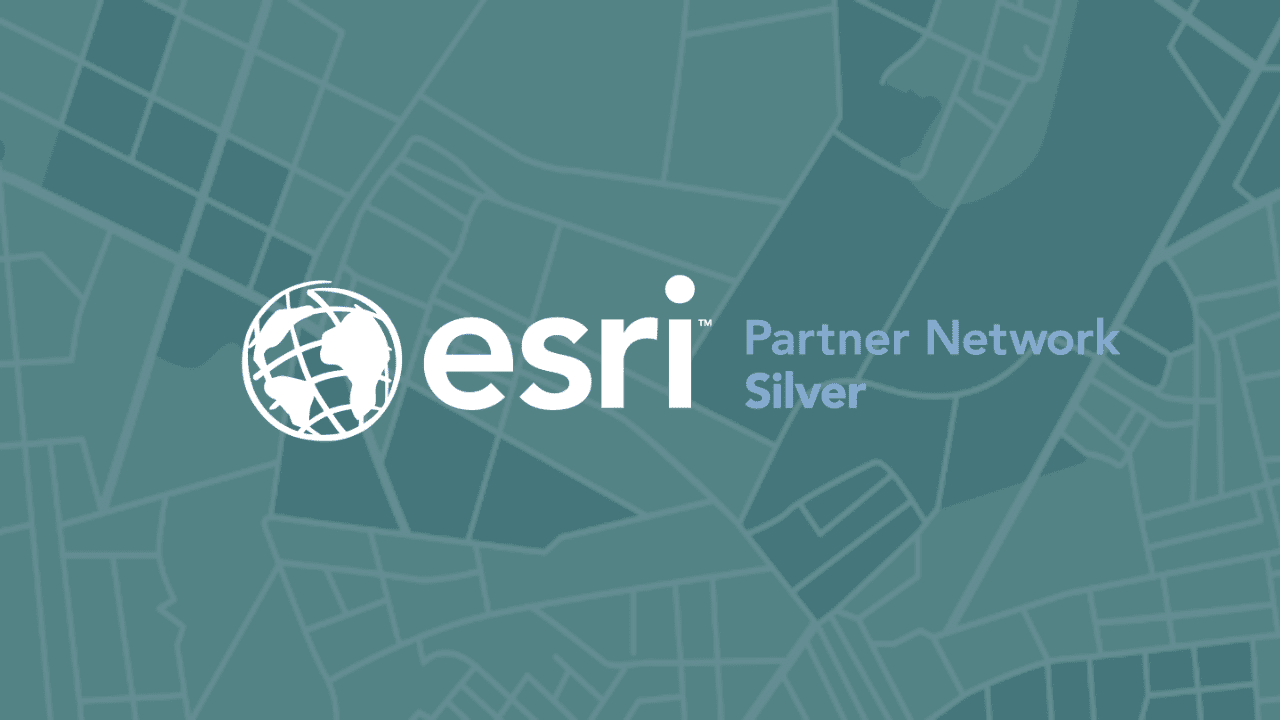Choosing Your GIS: What You Need To Know

Geospatial information systems (GIS) is an excellent tool to help manage assets, track maintenance and provide access to maps and data to anyone who needs it.
Many industries utilise GIS for different purposes. If you are unfamiliar with GIS, you may be wondering how it can improve your business and how to choose the best GIS solution. A GIS consultant can help you select the best solution for your needs, geospatial software development and geospatial training.
A GIS professional can help you understand the advantages and disadvantages of each one. We will share with you some factors to consider and helpful tips for choosing a GIS solution.
6 Factors to Consider
1. What Goals Do You Want To Achieve
It’s important to look honestly at your business and your team and identify your business’s challenges, needs and goals in each department. Determine how GIS can improve specific issues and help your team be more effective, productive and efficient.
List your goals in order of their priority to ensure you choose a GIS solution that best suits your needs. Here are some examples of what your goals may include:
- Creating a reliable, effective database for each department
- Simplifying how each department gathers and reports data
- Entering and storing data for current and future use to improve asset management
2. Which Departments Would Benefit From A GIS?
An effective GIS solution can help with many aspects of your business, from planning routes, managing and monitoring assets, communications between teams on the field and in the office, identifying risks and managing emergencies, etc.
Hiring a geospatial consultant will help your utility company, infrastructure company or environmental organisation grow, become more productive and organised, improve decision making and operate more efficiently.
Make sure to include members of your team that will benefit from GIS support in choosing a system. This will ensure that the GIS solution you select will be ideally suited for all departments that will be integrating it into their systems.
3. Determine Who Will Use The GIS and How?
Along with deciding what departments will use the GIS system, you must also consider how your organisation will use it. Some of the factors to consider include:
- Will the GIS system need to be accessed by teams in the field in real-time?
- Will the GIS system primarily be accessed in the office?
- Do the team members using it learn best visually, and will they benefit from having an interactive interface?
- How many licenses will you need?
- Is it best to utilise enterprise licensing, or will the route of having a license per user work?
4. How Can The Ideal GIS Improve Your Processes?
The first thing you need to do is decide what areas need to be more efficient. What areas are working and which ones are not?
Choosing the right GIS will dramatically improve how your company handles asset management, inputting data and accessing information in real-time. It will also create a visual map interface that the crew in the field and those in the office can access simultaneously.
5. What Type of Geospatial Technology Will Help Your Company Grow and Prosper?
Some of the questions to ask when choosing a GIS solution is:
- Who will own the data that is collected?
- Where do you want the information to be stored?
- Can you keep your data onsite, or do you need a consultant to store it?
- Is the technology geared towards national standards or local standards?
- Is it a GIS solution customised to your needs, or is it a one-size-fits-all solution?
While this is a lot to consider, it is best to figure these things out ahead of time rather than find out later you chose a GIS solution that is not suited to your needs.
6. Do You Need Geospatial Technical Support and Geospatial Training?
Implementing new systems can be overwhelming, so working with the right GIS experts is vital to ensure your company optimises the new GIS solution successfully. Other things to consider include:
- How to ensure a smooth transition while implementing the new GIS solution
- If the software is user-friendly and intuitive
- Will there be ongoing training or customer support needed on a local level
- Determining if your company has in-house GIS experts available
- Deciding if it would be best to rely on a GIS consultant’s expertise
Choosing the best GIS software is essential; however, ensuring that your team has GIS support and training is critical.
5 Tips To Make Your Business Transition Smoother
- Keep your existing data so you are not beginning from scratch.
- Utilise your current maps, old drawings and references for your GIS provider to help build or convert them to your GIS
- Choose the correct coordinate system to ensure that all of your data and assets are spatially accurate
- Integrate high-resolution aerial photography with your maps to make it easier to find assets
- Plan your connectivity model to your GIS to eliminate gaps and create a functioning, traceable network
For Expert Guidance in Choosing Your GIS, Choose MGISS
We are here to help transform your utility, infrastructure or environmental organisation and develop a GIS solution that will future-proof your business, support your team in the field and the office, and make your life easier. At MGISS, we create solutions to improve productivity and efficiency, connecting you to your assets and providing real-time data.
Contact us today for more information.
About
Empowering your decision making with the asset data truth. Independently advising on the smarter use of Geospatial data, technology and the digital transformation of field operations.



